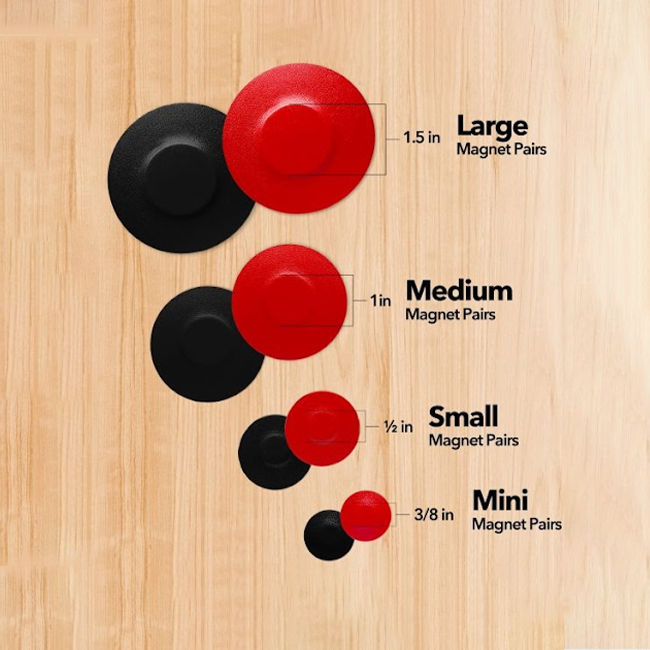5 Physical Therapy Exercises That May Help Alleviate Chronic Back Pain
- drgarcia biomagnetism
- Jul 3, 2023
- 4 min read

Chronic back pain affects millions of people yearly, and its prevalence has steadily risen. This highlights the urgent need for effective and cost-efficient treatment methods to alleviate pain and improve the quality of life for those who experience it.
Physical therapy has emerged as a valuable approach to managing chronic backache. It offers various benefits and plays a significant role in addressing this pervasive issue. Read on to know why you should consider this therapy and how it can help alleviate your pain.
Let's look at Common Issues Experienced:
Persistent Discomfort
Chronic backache is a constant or recurring discomfort that can range from mild to severe, affecting different areas of the back.
Limited Mobility
Pain in the back makes simple tasks like bending, lifting, or standing challenging and painful, leading to reduced mobility and a sedentary lifestyle.
Reduced Quality of Life
Chronic backache hinders participation in social activities, hobbies, and sports, impacting relationships, work productivity, and emotional well-being.
Sleep Disturbances
This kind of pain disrupts sleep patterns, making it difficult to find a comfortable position and attain restful sleep, resulting in fatigue and decreased energy levels during the day.
Emotional and Psychological Impact
Chronic pain leads to frustration, irritability, anxiety, and a negative outlook on life, contributing to a sense of helplessness and loss of control.
Dependency on Medications
Individuals with chronic pain often rely on pain medications, which can cause side effects, dependency, and tolerance, requiring higher doses for pain relief.
Why Choose Therapy Sessions for Persistent Back Pain?
This kind of pain can have a profound impact on your daily life. As the pain intensifies, it can hinder your ability to perform everyday activities and diminish your overall enjoyment. Moreover, it often leads to increased healthcare visits and absenteeism from work.
The therapy provides a cost-effective treatment option for individuals of all ages, offering an alternative to costly surgeries and medications. By exploring the potential of the therapy, you can find relief and regain control over your severe pain.
What are the Ways Therapy Alleviates the Pain
Reducing the Need for Medications and Surgeries
The therapy can effectively alleviate severe backache, reducing reliance on expensive prescriptions and invasive surgical procedures. By addressing the underlying causes and imbalances, individuals can experience pain relief, improved muscle strength, and enhanced functionality without costly interventions.
Strengthening Back Muscles and Supporting Structures
The therapy sessions identify and address the root causes of the problem. Through targeted exercises, muscle imbalances can be corrected, core muscles can be strengthened, and movement patterns can be improved to reduce stress on the back. This comprehensive approach helps restore balance and stability to the spine, promoting pain relief and long-term resilience.
Movement Control Exercises and Stretches
Physical therapists guide individuals through movement control exercises and stretch that retrain the muscles responsible for supporting and stabilizing the spine. By improving movement patterns and providing guidance on proper body mechanics, these exercises help alleviate chronic backache and enhance overall mobility.
Education for Self-Management
A crucial aspect of PT is patient education. Therapists empower individuals with knowledge about the underlying causes of their chronic back pain and equip them with strategies for managing and preventing future episodes. Through education, individuals learn proper body mechanics and alternative methods for performing activities to avoid discomfort and gain insights into their condition.
Improving Range of Motion
A physical therapist helps restore and improve the range of motion, especially in individuals who have experienced decreased activity levels due to persistent back pain. By targeting supporting muscles and implementing tailored exercises, therapists can enhance mobility and flexibility, enabling individuals to move with reduced pain and discomfort.
Exercises That May Help:
Cat-Camel Stretch
Start on your hands and knees, with your back in a neutral position.
Arch your back upward, pulling your belly button towards your spine (cat pose).
Lower your back and lift your chest, bringing your shoulder blades together (camel pose).
Repeat this sequence several times to promote flexibility and mobility in the spine.
Bridge Pose
Lie on your back with your knees bent while your feet are flat on the floor.
Until your body is straight from your shoulders to your knees, put your feet firmly on the ground, engage your core, and lift your hips.
Hold this position for a few seconds, then lower your hips.
Repeat for several repetitions to strengthen the glutes and lower back muscles.
Bird Dog Exercise
Begin on your hands and knees.
Extend your right arm forward while simultaneously extending your left leg backward.
Keep your core engaged. Maintain a neutral spine.
Hold this position briefly, then return to the starting position and switch sides.
This exercise helps improve back muscle stability, balance, and coordination.
Pelvic Tilt
Lie on your back with your knees bent while your feet are flat on the floor.
Tilt your pelvis back and slowly flatten your lower back into the floor.
Hold for a few seconds, then release and allow your lower back to arch slightly.
Repeat this movement several times to strengthen the abdominal muscles and improve pelvic stability.
Child's Pose
Start on your hands and knees and slowly sit back on your heels. Now lower your chest towards the floor.
Extend your arms forward or rest them by your sides.
Allow your forehead to rest on the ground and relax into the stretch.
This gentle stretch helps release tension in the back and promotes relaxation.
The physical therapist offers a valuable treatment option for individuals with this problem. The therapy session can assist you in regaining control over your chronic backache and enhancing your overall quality of life via professional direction and tailored treatments.
References



Comments